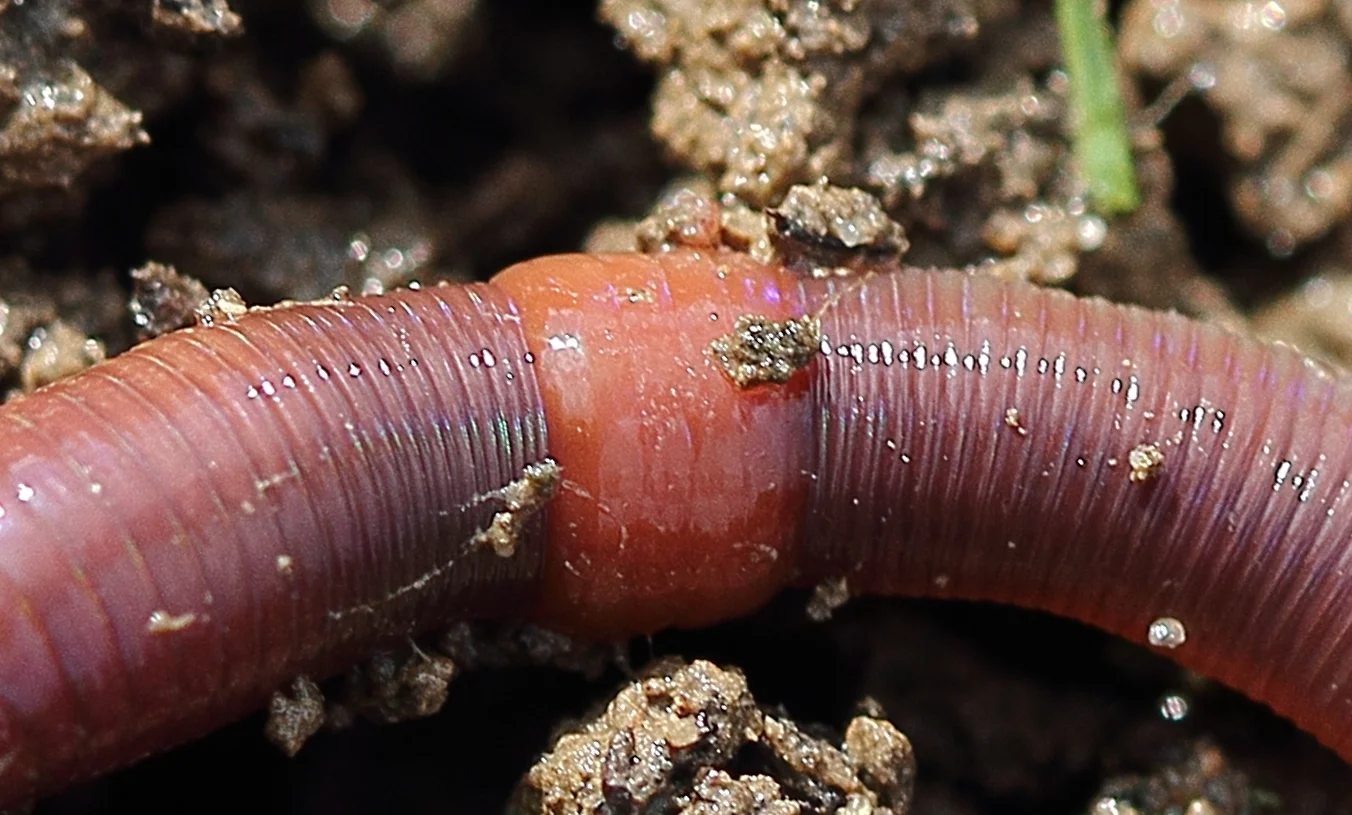If you live north enough, chances are your area was covered by a dense sheet of ice during the last period of glaciation. From 110,000–11,700 years ago the position where I write this blog, (in Western New York) was compounded by nearly one mile of ice! These same places have evolved without an organism that is so ubiquitous with soil communities in this present day. It may be hard to believe but most earthworms in America are not native, and if you live around me, there isn’t a single native species of earthworm.
Along with the first European immigrants, invasive earthworms entered the New World hitching a ride in the ballasts of their ships. They since then, have been engineering ecosystems in natural communities that have gone millennia without their services. As a kid in the garden, my father told me the importance of these squirming invertebrates for a healthy seasonal crop. They move the soil around, create empty pockets that help aerate, and mobilize nutrients like nitrogen and phosphorus. Even the ancient Egyptians valued these soil critters, and correlated their presence with soil fertility. There are clear benefits seen in soils that are inhabited by earthworms, but the fact holds that natural forest communities are not seasonal backyard gardens growing cherry tomatoes.
Forest ecosystems exist on a much longer time scales as opposed to the short-lived garden or seasonal cropland. In areas without invasive and native worms, there are discrete layers of soil that remain unmixed. These ecosystems have built up a large quantity of slow decomposing organic matter called either "duff" or "humus." It is these layers that many plants depend on as they contain the macronutrients they need and hold on to water rather well. With invasive worms incorporating the organic layers into the more inaccessible soil depths, plant communities are changing. To find out all of the direct negative plant-worm interactions check out this blog post by Matt Candeias- he does a great job. Worms are also changing the fungal composition of the soils they invade which has wide ecosystem level repercussions.
About 90% of terrestrial plants depend on symbiotic fungi called mycorrhizae (AMF and ECM are the most abundant) to access soil resource pools like nutrients and water. In a new study, Shishir Paudel and his team investigated how invasive earthworms interact with AMF, and discuss how these interactions relay to the plants and animals living above to soils surface. What they found was a complex series of interactions in which some aspects of AMF fitness were strengthened, while other properties relative to fungal fitness become reduced with the company of invasive earthworms.
Earthworm casts are rich in AMF spores which shows that they can disperse symbiotic fungi to parts of the forest floor that may have a low fungal richness. Fungal transport and deposition via earthworm casts has been found to enhance mycorrhizal plant infection in both forest and grass ecosystem type. A 2013 study carried out in a Central NY hardwood forest, (a position frozen over during the last ice age) reported that experimental plots with invasive worms had a 61% increase in AMF abundance compared to plots without worms.
Although worms can disperse viable spores to new areas, they also tend to consume and digest spores as well as fungal hyphae. Unfortunately, the negative interactions between earthworms and AMF are quite abundant. Worms remove the fine roots of plants that contain the fungal endophytes. With worms feeding on the hyphae and the fine roots of plants, AMF in areas of high earthworm density don’t scavenge as much soil nutrients. With fewer resources being translated to the plants via mycorrhizae, plants repay less carbon to the fungi, which ultimately supports fewer symbionts. Another feedback occurs because invasive earthworms increase decomposition rates making the soil more fertile. With more nutrient rich soils, AMF aren’t needed as much to scavenge these resource pools, so plant communities may shift to a more mycorrhizal independent assemblage.
Invasive worms both directly alter plant communities, and indirectly reduce mycorrhizal dependent plants by interacting with AMF. Whether or not we categorize this as “good” or “bad” is irrelevant; the forest floor is changing. Some believe the positive interactions between invasive worms and mycorrhizae balance out the negative, but this is a convoluted ecological response that is dependent on so many biotic and abiotic factors. In one habitat, flora and fauna may benefit invasive worms, and in another, they may be damaged by their presence. Keep in mind that current research shows more negative worm-plant interactions.
Beneath the soil surface, under your feet, complex ecosystem level interactions are taking place that are selecting different plant communities. With plants being the base of all terrestrial food chains, and with fungi being such an unparalleled symbiote, any alteration in either of their abundance or diversity has enormous ecological implications. Who would have thought that a slow moving, wriggling invertebrate had the ability to change the vast expanses of the once glaciated northern North America.




